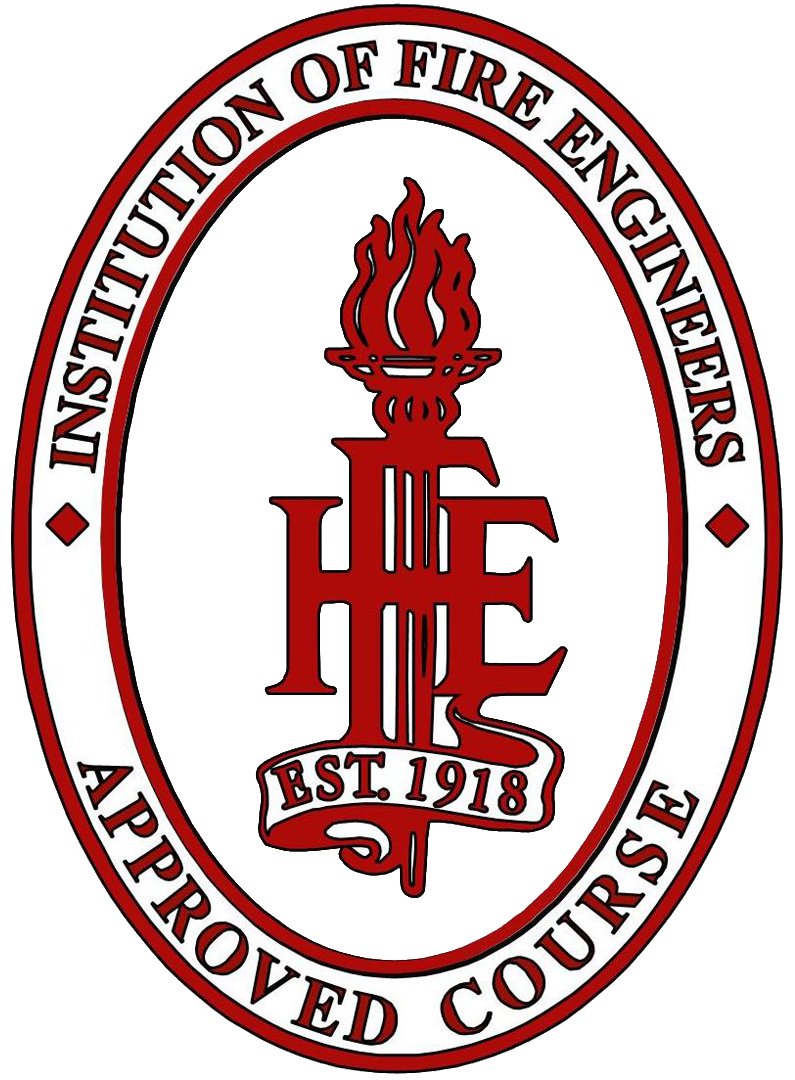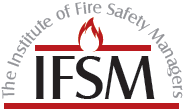Fire Safety Risk Assessment
Our Fire Risk Assessment reports are very comprehensive yet very user friendly. While most of our competitors rely on a simple yes no tick box format with very little other information our reports are generally 30 plus pages including evidential photographs and detailed relevant significant findings.
It is vital that you know exactly what changes are required to conform with the Regulatory Reform (Fire Safety) Order 2005. We include a full action plan list which covers the following main classifications-
Section 1: General Information (PAS-79 format for the recording of information).
This includes important information regarding service and test dates for essential training and equipment such as Fire Alarm Log Book,Emergency Lighting Log Book,Fire Extinguisher Log Book,Fire Resisting Door Log book,Fire Safety Training records,Fire Safety Refresher records,Fire Drill records,5 yr Fixed wire test, and much more.
Section 2: Fire Alarm & Emergency Lighting.
This will ensure you are fully aware of any requirements to conform with the law regarding your fire warning systems and emergency lighting.
Section 3: Assembly Point
All people on the premises must be aware of the safe location to assemble if evacuation is required. You will be advised of the correct location and signage required if necessary.
Section 4: Signage
Escape and exit signage must conform to British Standard, BS5499; Pt 1 that fully satisfies the requirements of the Health and Safety (Safety Signs and Signals) Regulations 1996.
Section 5: Means of Escape.
All fire escape routes will be assessed to ensure they conform and are adequate. Fire doors and building construction are also assessed. If people sleep on the premises or have special difficulties there are other requirements such as PEEPS assessments. Full advice will be given.We will also refer to the legislation and guidance of BS5588-11 : Fire precautions in the design, construction and use of buildings where necessary.
Section 6: Prevention and Management
Adequate fire training must be in place and Fire Marshals/Wardens appointed. Fire drills must be arranged on a regular basis and records kept.A full assessment will also be made on your extinguishing media that is installed to ensure it is both adequate and fully operational.
Section 7: Life Risk
Housekeeping will be assessed to ensure that procedures are in place so as the premises are kept clean and clear of waste.This will include areas around the premises and refuse storage and disposal.We will also refer to the legislation and guidance of the Building Regulations 2000 - Approved Document B, Fire Safety regarding any necessary fire stopping issues.
Section 8: Ignition Source
Electrical equipment and cabling/plugs will be assessed to ensure it is both serviced and safe.Heating and lighting will also be assessed. Cooking facilities have special requirements to conform to the law.
Section 9: Combustible Materials
Correct storage/signage under the Control of Substances Hazardous to Health (COSHH) will be advised for any combustible materials i.e. flammable liquids or gas cylinders where applicable. It is obviously preferable to avoid the use of substances hazardous to health, or to substitute them with something less dangerous. However, if this is not practical, before using such a substance, an assessment of the risks must be carried out. The assessment should take into account such activities as maintenance and cleaning as well as the main production task. There may also be a need to measure the level of exposure to the substance(s) in order to assess the risk accurately.
Where flammable liquids or gases are in use, we will also consider the requirements of the Dangerous Substances and Explosive Atmospheres Regulations and guidance from the HSE.
Dangerous Substances and Explosive Atmospheres (DSEAR) Risk Assessment
The dangerous substances and explosive atmospheres regulations 2002 require employers who work with flammable or explosive substances to prevent danger from this source. If the dangerous substance cannot be substituted, this may be achieved either by preventing an explosive atmosphere forming, or by removing or controlling all ignition sources in the vicinity.
Dangerous substances include extremely flammable, highly flammable and flammable liquids, flammable gases, LPG, oxidizers and explosive dusts. Common substances in use in the workplace include paints and varnishes, degreasing solvents, propane, oxy-acetylene, wood dust etc.
Risk assessments must be carried out to identify the hazards, the likelihood of a fire or explosion and what actions can be taken to reduce the risk to an acceptable level.
Section 10: Information for the Fire Service
A ‘Fire Service Information Pack’ needs to be provided to the Fire Brigade on arrival. Advice will be given how this should be created.
The report will also have full explanations, definitions and images of fire protection equipment together with a defect list where records can be made when any recommendations are rectified
If you would like to discuss further please complete the quotation form or contact us on 07832 271961 or 07757 888531
Useful Reference Information
Fire safety law and guidance documents for business
HSE: How to control risks at work: Fire safety
Return from Fire Safety Risk Assessment to Fire Risk Assessment-Home Page


